PEScience is the brand well-known for their top-notch protein powder blend, Select Protein. That protein took on a life of its own, with incredible flavors, a Cafe series, a version meant for your oatmeal (Protein4Oats), Select Protein Bars, and even a Vegan Select version!

PEScience used to be "PES", which stood for "Physique Enhancing Science". Today they show how they're ahead of the scientific curve once again.
Before Select reigned supreme, the brand was also well-known for weight loss supplements, ranging from Alphamine powder (the "athlete's energy drink").
But before even that, PEScience, which was named PES at the time (short for Physique Enhancing Science), was about muscle. It had muscle builders named Anabeta and Anabeta Elite, sporting ingredients that were well ahead of their time.
PEScience gets back to their roots: with a smart weight gainer
One thing the brand never did with those muscle building supplements was have an appropriate mass gain powder to go along with it. But now that they have a very firm foundation in the protein powder business, and given the success of those delicious Select4Oats, it's time to get back to their roots.
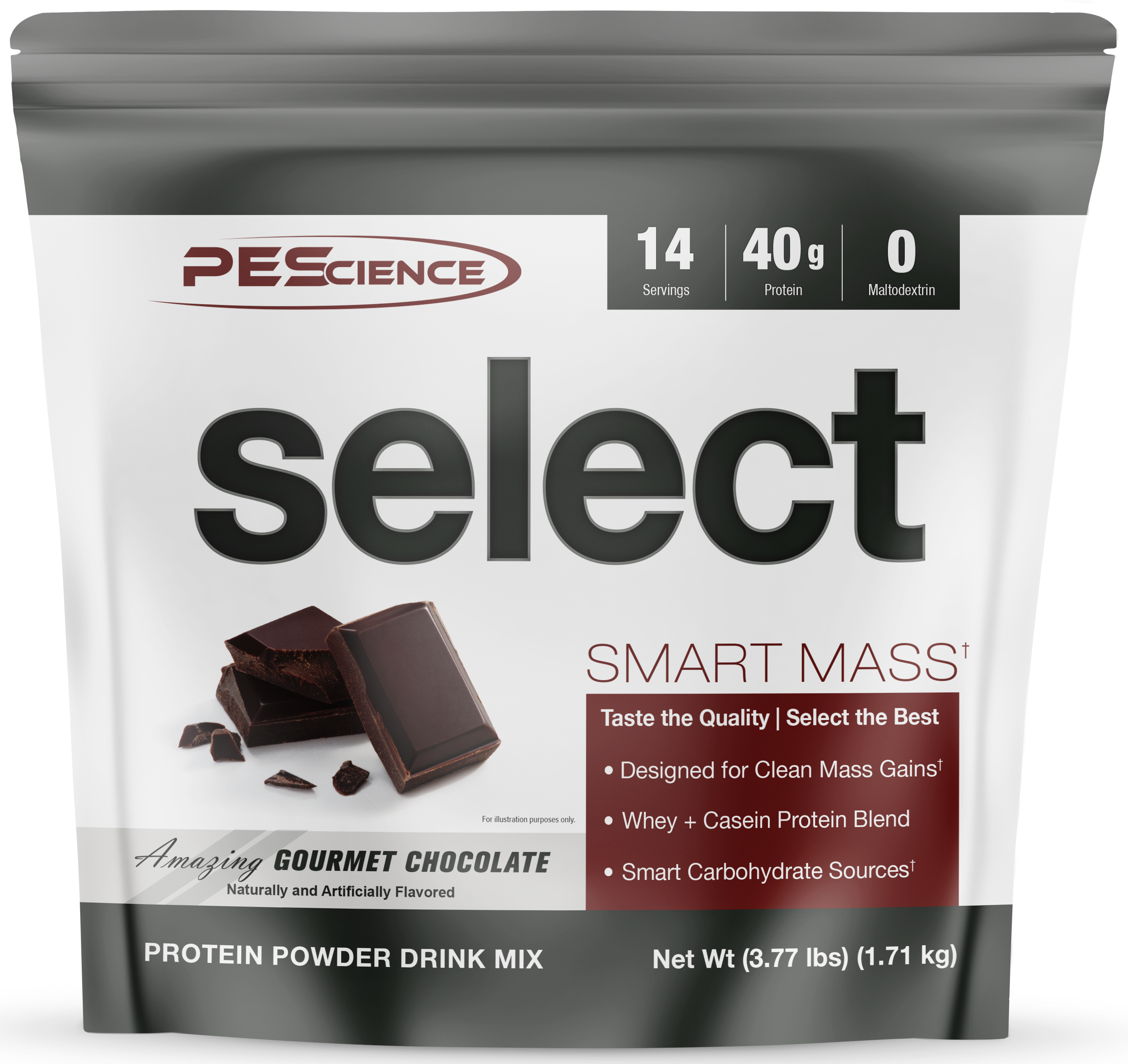
Are you ready to get smart about adding some lean mass, and not fat mass? Then you're ready for PEScience Select Smart Mass
Introducing PEScience Select Smart Mass
When building muscle (or dieting in general), there's a right way to do it and a wrong way to do it. The genetic freaks and "enhanced" individuals out there love to talk about "Calories In vs. Calories Out", but it's sadly a bit more complicated than that. Not everyone can eat everything they want and magically build muscle.
PEScience Select Smart Mass is for those of us who have to be precise with our bulking diets. It is a lean mass gainer, not a fat gainer. Using zero high-GI carbs, it is maltodextrin-free, but is also low-fat.
Why low-fat? Aren't we about fat here on PricePlow? Don't we want tons of it to gain weight? Not necessarily... and not always...
We have the information below, but first, take a look at PricePlow's coupon-powered prices and sign up for our PEScience alerts to get notified when prices drop or giveaways go down:
PEScience Smart Mass – Deals and Price Drop Alerts
Get Price Alerts
No spam, no scams.
Disclosure: PricePlow relies on pricing from stores with which we have a business relationship. We work hard to keep pricing current, but you may find a better offer.
Posts are sponsored in part by the retailers and/or brands listed on this page.
Mike's Select Smart Mass Review with Blood Tests!
This area is reserved for Team PricePlow's upcoming Product Review video.
Subscribe to our channel and sign up for notifications so you catch it when it goes live!
Normally we analyze the ingredients in this area (we'll show the label to the right,), but before getting into the formula itself, there are two major points we want to make that PEScience Select Smart Mass emphasizes:
- Low-GI carbohydrates are more beneficial for lean mass gains
- Low-Fat and Low-Carb diets both work... it's the middle area that's dangerous
(Click here to skip down to the ingredient discussion if you're not in the mood for a diet rant and just want to read about the label.)
Do you want a mass gainer, or a fat gainer?!
If you're shopping for a mass gainer, chances are you're a young guy having trouble building lean mass, or you've just entered bulking season. And while naturally bulking will almost always accompany some level of fat gain, we want to minimize that as much as possible.
Alternatively, you're a roided up guy looking to slam some calories. No problem with that, but either way, we're going to let you in on some wisdom that many never learn.
A calorie is not just a calorie. And a carb is not just a carb.
First, let's talk about other weight gainers out there. The ones that contain cheap carbs like Maltodextrin, the cheapest carbohydrate source on the market (next to refined sugar). It's a supplement formulator's dream: cheap, easy to flavor, easy to mix, and not labeled as a sugar (even though it's worse than one). It's also a disaster for your metabolic system, spiking blood sugar (and insulin levels)[1] higher than sugar itself!
That over-extended increase in insulin not only promotes storage of fat (once your muscle and liver glycogen stores are full), it also prevents the oxidation of fat.
So those products with maltodextrin certainly are weight gainers, allright. If you want to build fat fast, maltodextrin is your best friend. That junk will get you "fluffy" in no time at all. Pair it with 34% grade whey protein concentrate and industrialized processed seed oils like those other gainers use, and welcome to sloppy city, literal cellulite and all.
Glycemic Index / Glycemic Load Matters
But there are carbohydrate sources that can slowly replenish your glycogen stores, and keep insulin at reasonable levels so that it can go back down and you don't get stuck in a non-stop fat storage mode. In Select Smart Mass, you'll see the usage of three low-GI carb sources: peas, oats, and Palatinose.
This blend gives you a slower, steadier, and more reasonable carbohydrate load that doesn't overwhelm your liver all at once. It's healthier and better for sustained gains, not a flipped switch to instant fat storage mode.
Stay in charge of your low-fat diet
Have you ever taken a step back and looked at the ongoing "diet wars" and wondered what these clowns are all arguing about? The low-carb vs. low-fat tribes are so fanatical you're not sure who to trust. We've seen data that both can work for weight loss and overall metabolic health, so where's the problem?
The problem is in the middle.
What few from neither "camp" are willing to concede is that either diet can work well if properly managed and tracked. The disaster occurs when you start mixing the carbs and the fats with reckless abandon.
Think of all of the unhealthiest junk foods out there: Ice cream. Potato Chips. Pizza. Burger and Fries. Cinnamon Rolls. Chips and Dip. Chocolate.
They're not low-carb or low-fat... low-protein! Which means they're high-carb and high-fat! And they're ultra-processed to boot!
Mix high fats and carbs at your own risk
By not "leveraging protein", they make you nothing but hungry, as protein is what your body really demands,[3] and eating this crap doesn't give it to them.
Not only that, but the combination of carbs and fats yields a two-pronged assault: the carbs spike the insulin, and the fats provide tons of caloric energy that need to be stored.
This is known as "Autumnal Eating"[2] -- literally you're like a squirrel getting ready for hibernation, eating acorns. Interestingly enough, acorns have tons of fat and carbs, perfect for this fat-bulk season before the winter.
Another example in nature is breast milk - high fats and carbs and only moderate protein, meant to make a baby fat, happy, and increase his or her chances of survival.
There is literally a science for this: it's called "FEED EFFICIENCY" and it's used to make your beef as big and fat as possible as quickly as possible with as little input as possible.[4,5] The same exact methods are used to make "obesogenic feed" for rats and mice in studies.[6]
We don't need to eat like that.
Don't eat for autumn
We don't need to stash away bodyfat in the fall in preparation for a winter fast because we fortunately live in a civilization where food is available year round. So skip the autumnal eating and focus on maintaining lean muscle -- and that means not storing fat. Which then means keeping protein high first and foremost, and then choosing your fats and carbs as needed.

You are not a squirrel that's about to hibernate all winter. So stop eating like one does in the fall!
The whole notion of a "balanced diet" is nonsense. Outside of the "fat bulking seasons" discussed above, nowhere in nature are carbs and fats ever mixed, and for good reason.
Tossing fats in makes it easy for formulators to bump the calorie number up on their sloppy fat gainers. PEScience isn't about making things easy on themselves.
Choose one or the other. And quite clearly, PEScience Select Mass takes the low-fat path, with fats only coming from the natural sources in the protein. If you disagree, then it's simple to add your own, and that way you can choose which fats you want too.
The PEScience Select Smart Mass Ingredients
With all that emphasized, let's talk about a more modern way of doing things. Here's what we want:
- No high-GI carbs like maltodextrin
- High quality protein
- No added fats
If you want high-GI carbs or added fats, they're dirt cheap and easy to find, so add em yourself. Select Smart Mass is meant for the important calories.
Select Smart Mass Macros
Each honkin 116g scoop contains the following:
- 420-440 Calories, depending on flavor
- 60g Low-Glycemic Carbs
- 5-8g "sugar", depending on flavor
- 1-3g fiber, depending on flavor
- 40g Protein from Premium Whey + Casein Protein Blend
- 3-4g Fat, depending on flavor
Now for the ingredients themselves:
-
Pea Starch (Pisum satvium) (as Carb10)
Sold by Compound Solutions, Carb10 is a very unique carbohydrate that comes from pea starch. What's fascinating about it is that it's simultaneously fast-absorbing but low-glycemic!
This means your blood sugar will elevate but not "spike", keeping insulin within a normal range as well... but giving you the near-immediate caloric and glycogen-refilling benefits you want.
With Carb10, you avoid the high sugar carb crash (or "bonk") that many experience, which leads people to reach for an energy drink or eating more junk food (oftentimes compromised with fats as they scramble for anything in sight).
It's also a hypoallergenic solution, and shouldn't lead to any gastrointestinal distress compared to various other carbs out there, especially the wheat-based ones.
Carb10 vs. Maltodextrin
Compound Solutions claims that compared to maltodextrin, "Carb10 provides 82% lower insulin response and 27% lower blood-sugar response. With an osmolality of just 30 mOsm, it's the choice for weight gainers seeking healthier sports nutrition," but admittedly, that data doesn't seem to have ever been published and is only on their Carb10 sales PDF, so take it with a grain of salt. (Hey, we love Compound Solutions but we gotta keep it real.)
-
PEScience Select Protein Blend
The reason many of us are here -- a weight gainer using PEScience's brilliant Select Protein Blend! The confirmed combination of 80% whey protein concentrate (WPC-80) and milk protein isolate yields a more sustained and prolonged amino acid release, as the blend consists of both fast and slow release proteins (similar to what you'll get with the carb blend here in Select Smart Mass).
Select Protein is the basis of several products, including Select Protein4Oats, which you could actually use to follow a similar high-protein, high-carb, low-fat strategy! (PS: They taste fantastic in oats!)
Note that milk protein isolate contains a natural blend of casein (primarily) and whey, so this entire blend is likely somewhere near a 50/50 whey/casein split.
There really doesn't need to be a "Whey vs. Casein" debate -- because the best situation, in this case, is to have both, and research backs this up.[7,8]
What's also great is that casein also has a bit less of a blood sugar spike than whey, and it's thicker, adding a textural component that is needed when not adding fats to the blend.
-
Whole Oat Bran
Whole oat bran adds a bit of highly-soluble fiber content to Select Smart Mass. These types of fibers have been shown to lower LDL cholesterol levels,[9] and are smart to pair with carbohydrates.
Select Smart Mass comes with the same great Select Protein Blend we've come to know, love, and trust
The amount of fiber varies in each tub, and we're not sure if it's from the oat bran or the added ingredients like cocoa / peanut flour (depending on flavor), but you get 3g fiber with the chocolate flavor, 2g fiber with the peanut butter cookie flavor, and just 1g fiber with the gourmet vanilla flavor.
This means you'll likely want to get your fiber in elsewhere, but if you're using Select Smart Mass around your workout, you may be happy to note that there won't be a ton of fiber "in effect" when at the gym!
-
Isomaltulose (as Palatinose)
Here's a secret weapon in the industry that not many people talk about. When looking at next-generation, fast-acting carbohydrates, many look to highly-branched cyclic dextrins. But what many forget about is Palatinose, which works similarly but is far less expensive!
Palatinose is a form of sucrose that may be the future of "functional" carbs used in sports supplements.
This low glycemic form of sucrose comes from beet sugar, but is only about 50% as sweet as regular sucrose.[10] As opposed to other high GI carbs, is that it leads to lower plasma insulin levels as discussed above, and that means less fat storage and more fat oxidation.[11] In addition, because there's no spike, there's no crash, so palatinose prevents post-exercise hypoglycemia.[12]
Totally underrated carbohydrate here!
-
Supporting ingredients
After that come the extra ingredients: Natural and Artificial Flavors, Cocoa or Peanut Flour if getting the chocolate or peanut butter cookie flavors, Salt, Guar Gum to thicken things up, and then the combination of Sucralose and Acesulfame Potassium for sweetening.
You'll notice one major thing: no added fats! Need more? Add them yourself!
Flavors And Sizes Available
We've alluded to the three initial flavors throughout this post:
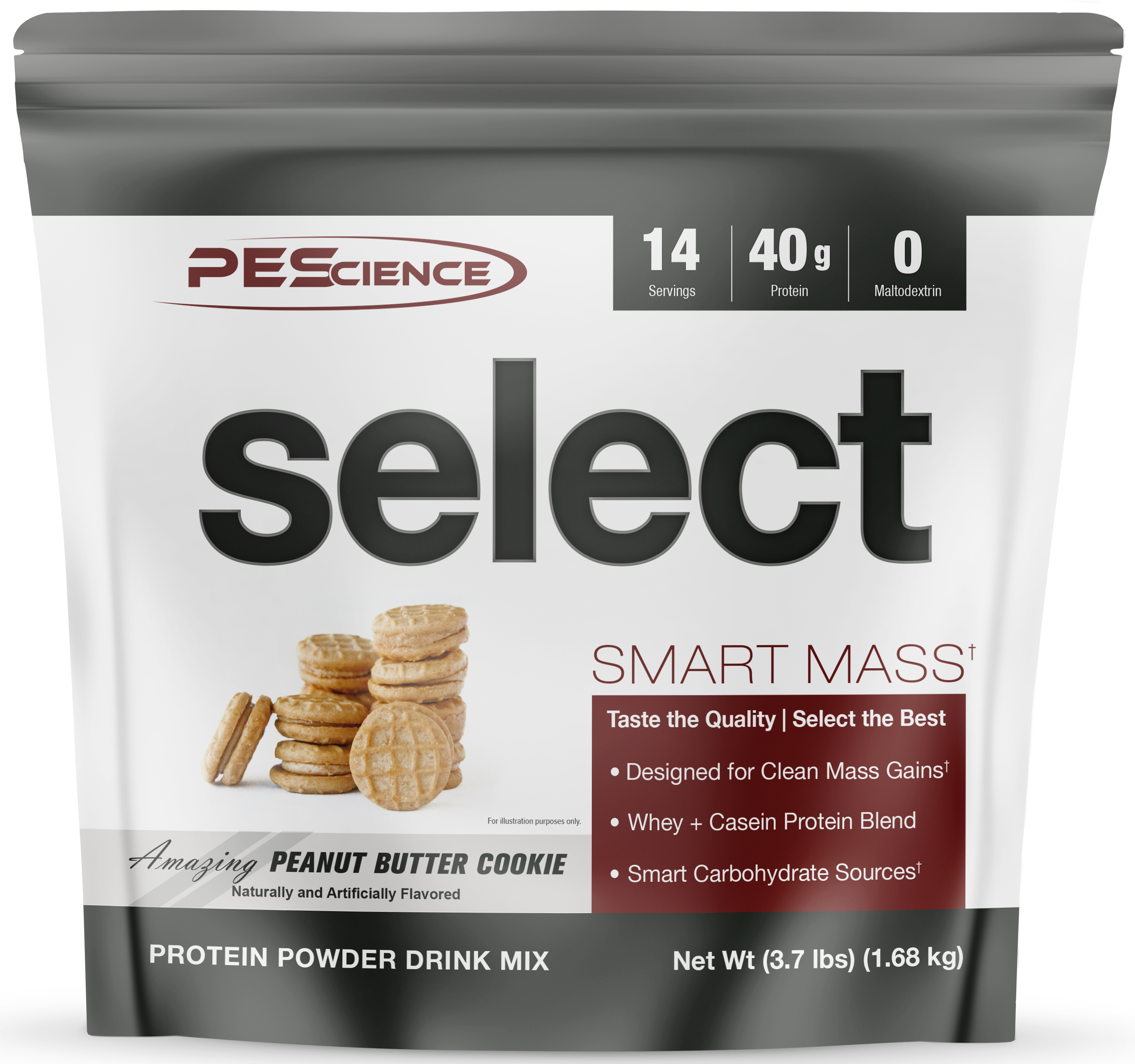
Chocolate and Vanilla are always the go-to's, but PEScience has an awesome Peanut Butter Cookie flavor base too!
- Gourmet Vanilla
- Gourmet Chocolate
- Peanut Butter Cookie
Each one has slightly separate macros, with Vanilla coming in "cleanest" with less fats and sugars, but also a few less calories.
The product comes in sizes of 14 servings and 28 servings, good for a two-week mini-bulk or a month-long daily calorie blast.
Conclusion: PEScience Makes a Weight Gainer the Smart Way
No doubt, this is definitely not your 2002 era fat gainer. Nor is it your 2012 era "balanced diet" approach.
Those old school products are flawed, and based on a premise that this game is all about calories and low-quality protein. It is not.

See our PEScience page to compare prices on all of their excellent supplements!
This is a laser-targeted, high-calorie load that reflects what researchers know about preventing fat gain - keeping insulin at reasonable levels for reasonable amounts of time.
The sources used here are of high-quality, and that's what you should look for in a supplement. You can always add more of the cheap stuff in yourself. Need sugar? It's filthy cheap, or just add some juice. Need more fat? It, too, is cheap - just grab some olive oil or your preferred fat source (preferably not from industrialized processed seed oils like canola, corn, or soy).
When it's time to gain lean mass, it's time to prioritize protein and think smart about carbs.
And that's exactly what PEScience built with Select Smart Mass. So once again, Select the Best.
PEScience Smart Mass – Deals and Price Drop Alerts
Get Price Alerts
No spam, no scams.
Disclosure: PricePlow relies on pricing from stores with which we have a business relationship. We work hard to keep pricing current, but you may find a better offer.
Posts are sponsored in part by the retailers and/or brands listed on this page.
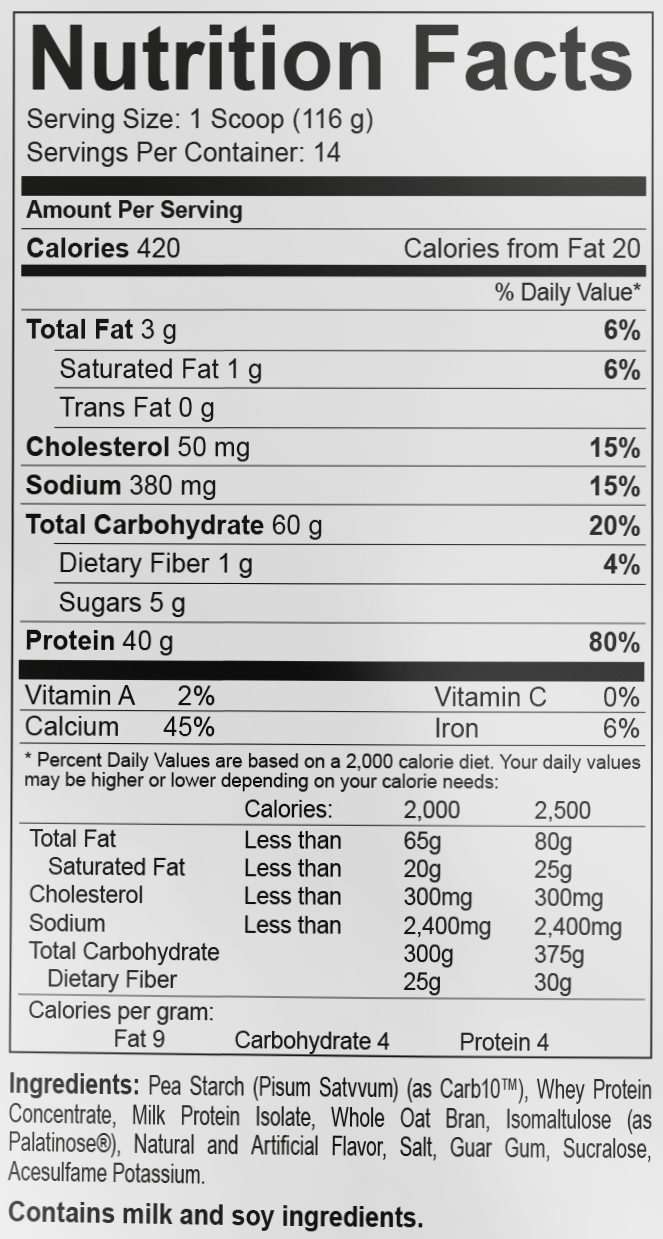
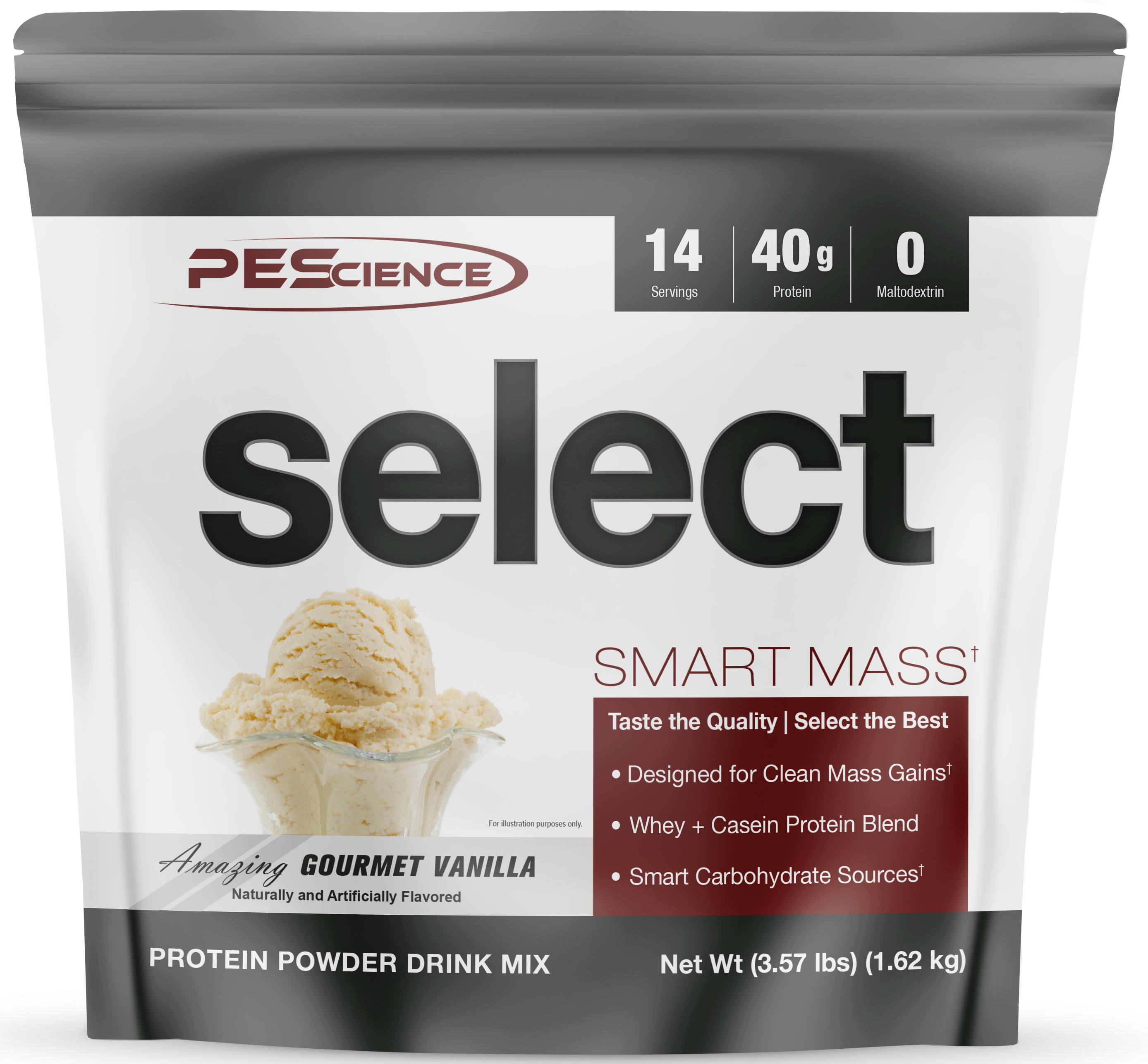
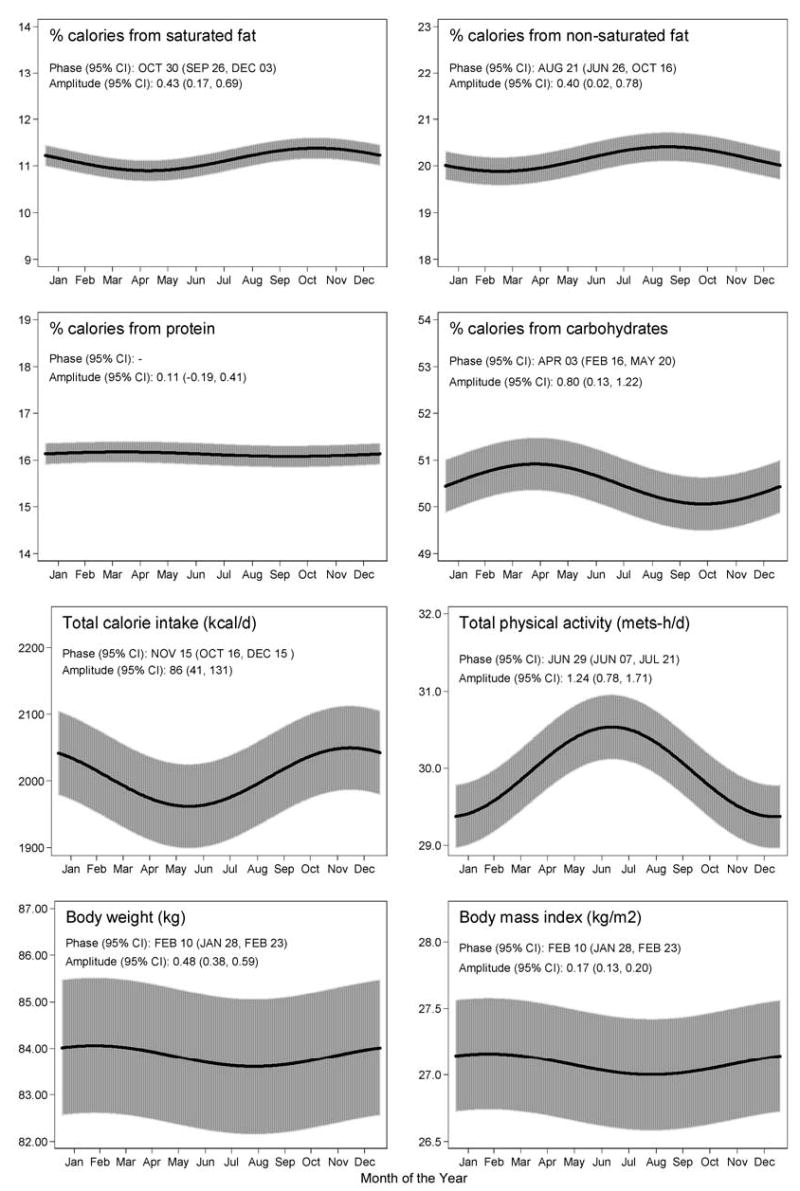
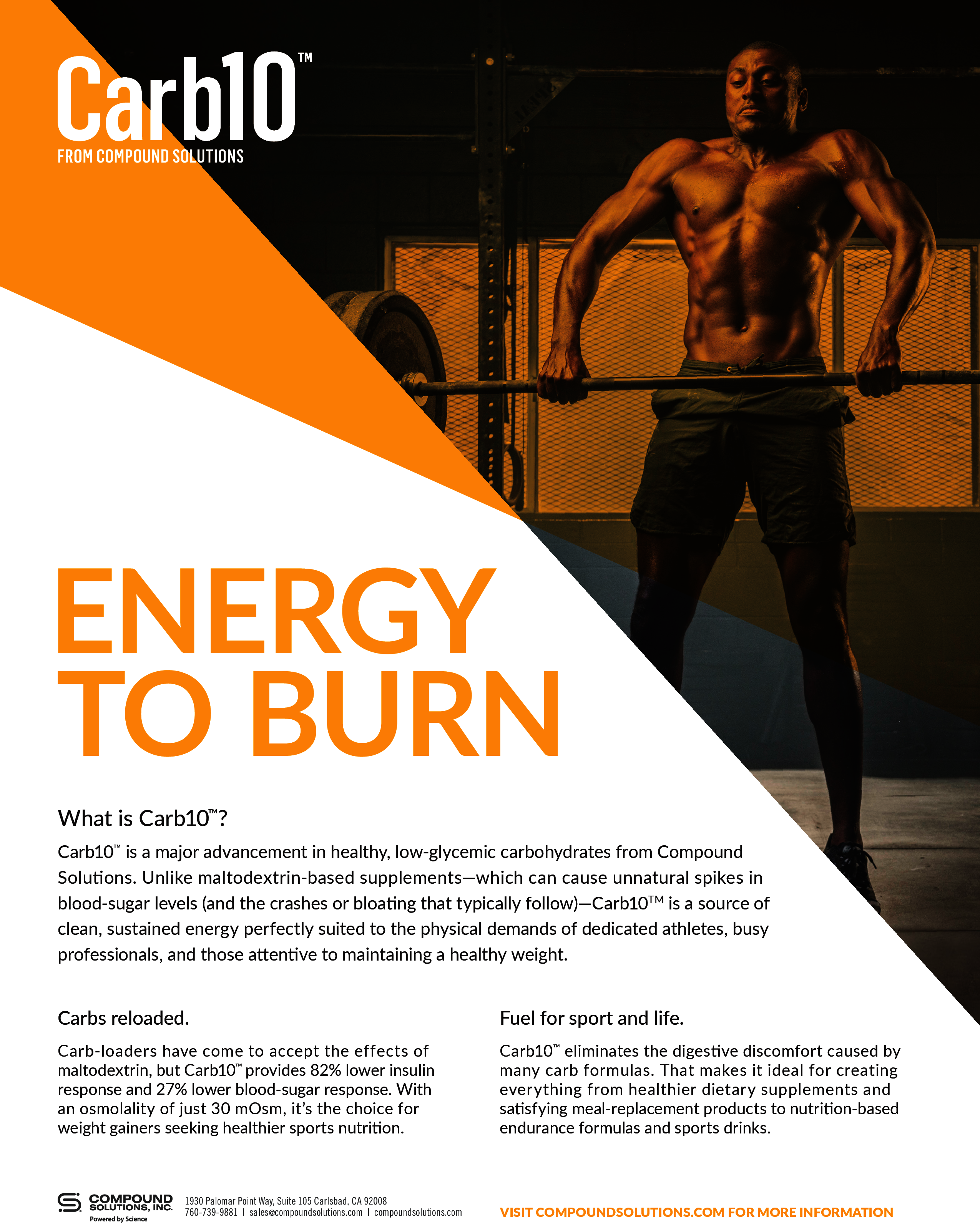
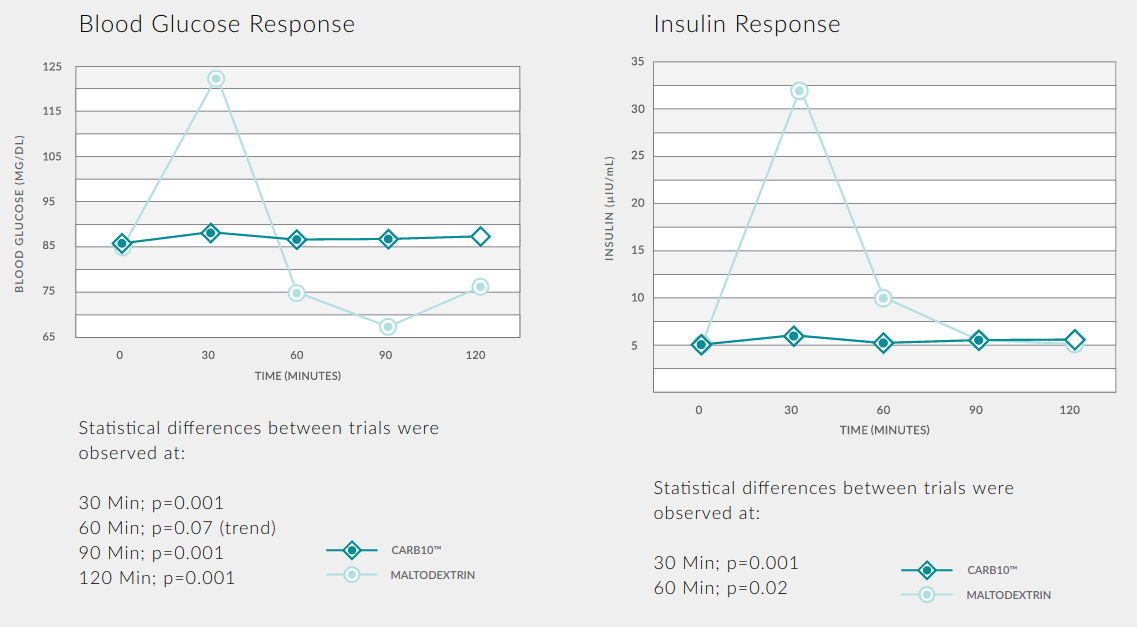
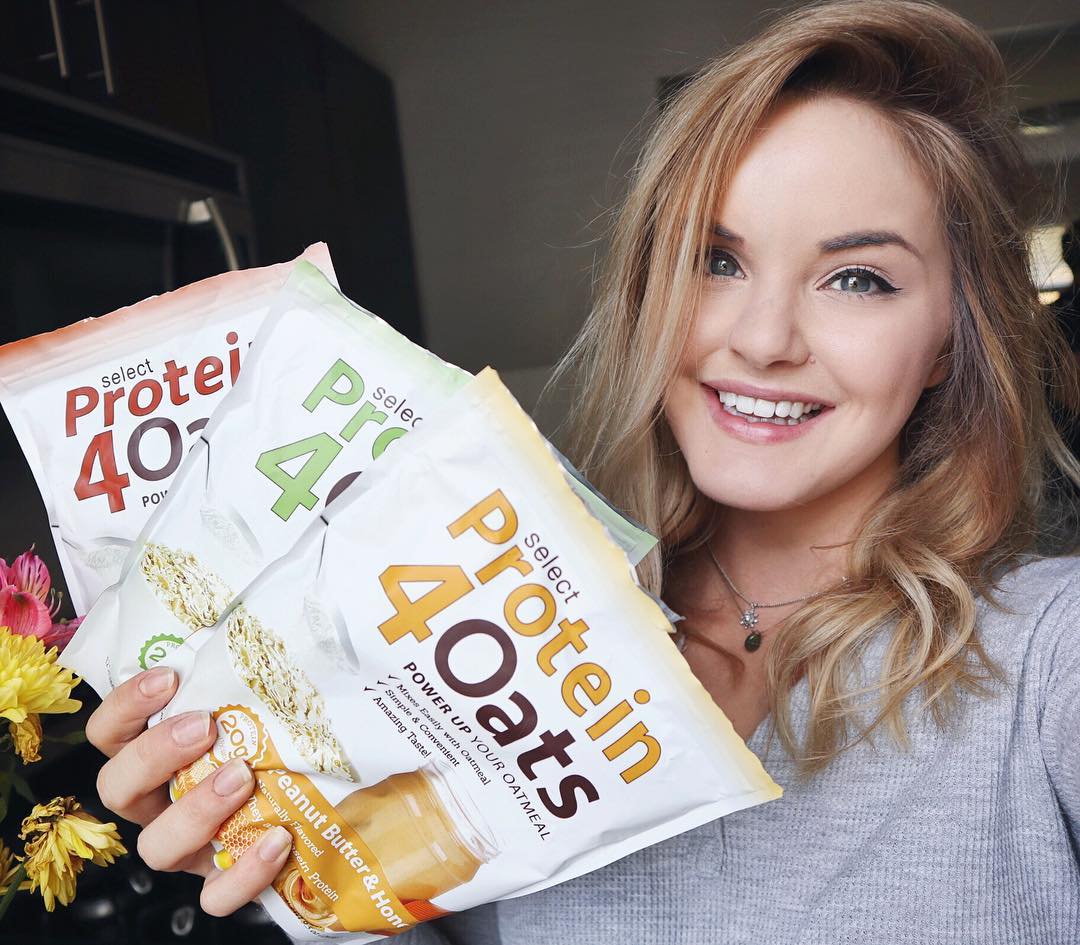
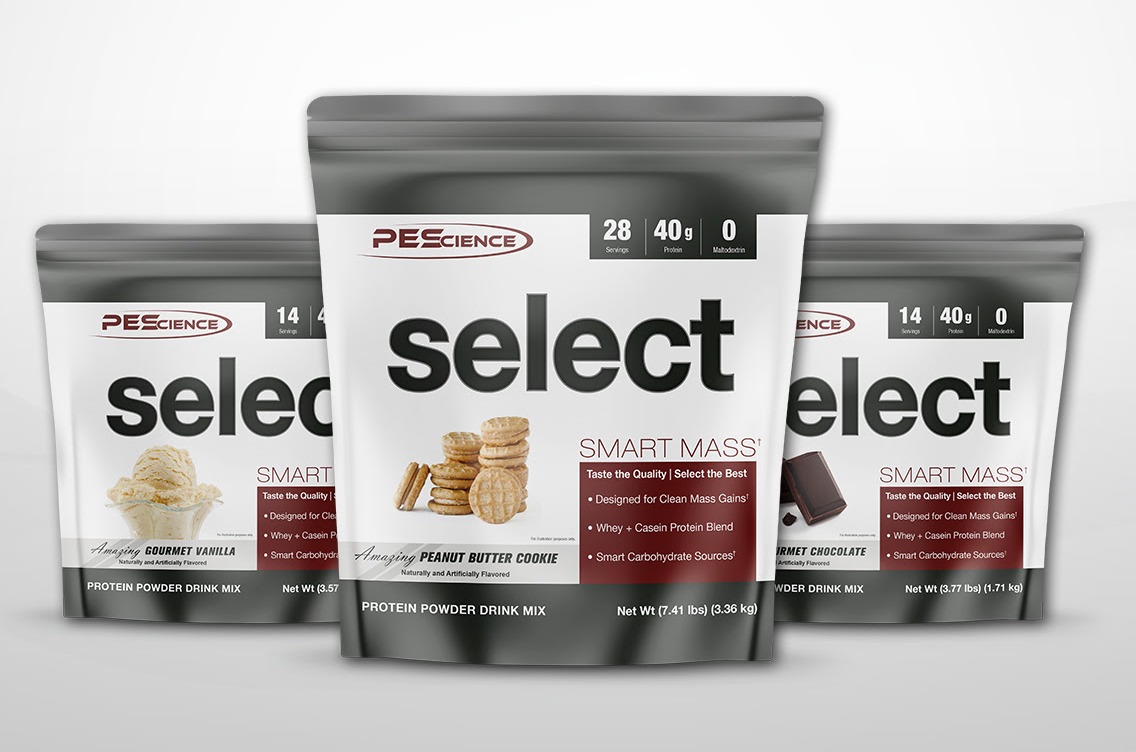
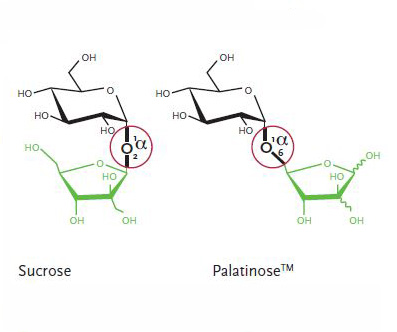


Comments and Discussion (Powered by the PricePlow Forum)